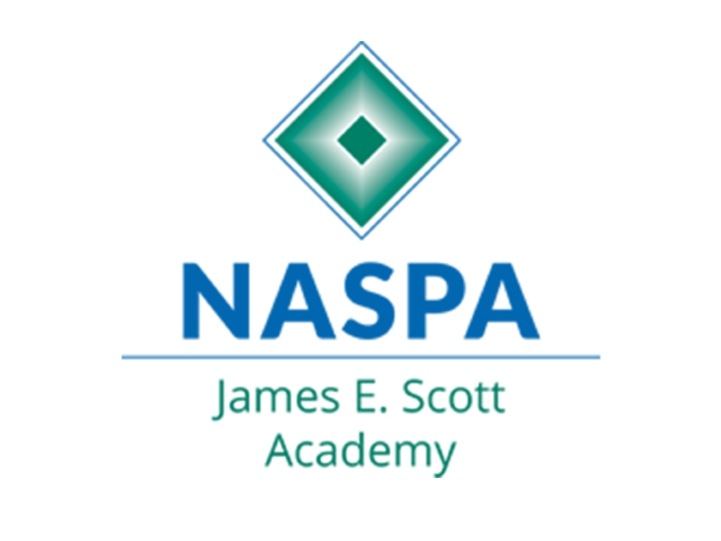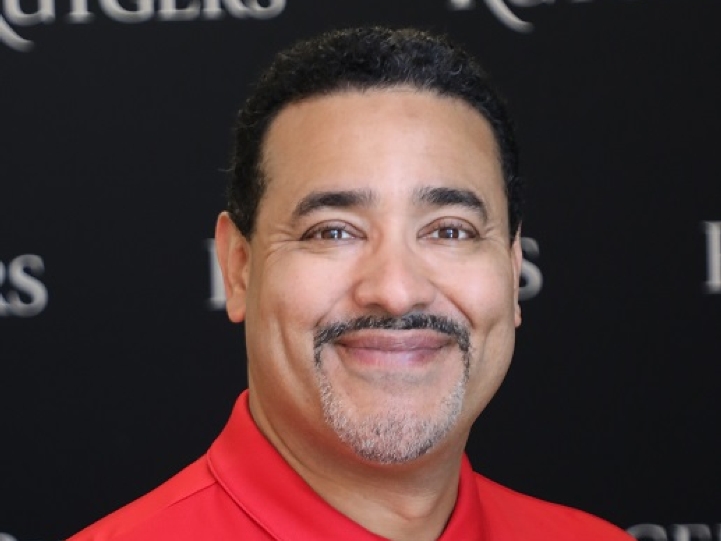
Leadership from a Neurodiverse Perspective
Student Success Career and Workforce Development Supporting the Profession Equity, Inclusion and Social Justice AVP or "Number Two" Senior Level VP for Student Affairs
July 14, 2023
Higher education was founded on practices of exclusion (i.e., education of clergy who were white men). While higher education has become more inclusive over the years, it only continues to be accessible to a segment of the U.S. population due to other exclusionary realities (e.g., rising educational costs for middle-income families). Over time, we have seen an increase in the number of BIPOC and female students enrolling in higher education, and more recently, higher education has made efforts to increase the number of low-income and first-generation college students, not to mention students from other special populations (e.g., veterans). In addition, institutions of higher education, because of continuing activism and advocacy by LGBTQ students and allies, have worked to adopt gender-neutral and preferred name policies while recognizing a gender continuum that has allowed students to express their gender fluidity. When it comes to students with disabilities, much of the focus is on collecting data for reporting purposes and on providing accommodations for students with physical mobility issues or learning disabilities. At some institutions, students organize around disability culture and identity, sometimes culminating in cultural spaces for students with disabilities.
For students and higher education practitioners, personal and professional development is informed by various identity perspectives and lived experiences, culminating in the intersecting identities that shape us as individuals. For me, as a traditional-aged college student, from the South Bronx, who attended a rural PWI, it was my bi-ethnic (Dominican/Puerto Rican), gender (Latinx-male identifying), low-income status (single-parent on public assistance), athlete (baseball player), and a K-12 student experience, where I struggled academically receiving reading assistance and speech therapy throughout, that significantly shaped my identity as a college student and higher education practitioner and leader. While it may have appeared to others, and at times to myself, that my salient identities were the obvious ones associated with my visual physicality, my internalized sense of my intellect or perceived lack thereof has consumed me throughout my higher education journey as a student and professional.
It was not until I was referred to the office of Disability Services the fall of my senior year in college that I realized that there was an explanation for the learning difficulties that I experienced throughout my formal schooling, which resulted in being held back twice in grade school and academically dismissed my first year in college. Finally, I understood why I struggled to learn in traditional classroom settings. This revelation led me to realize that I had a learning disability, a form of dyslexia, which impacted my auditory processing of language and short-term memory, inclusive of spoken languages or even math as a language. It made expressing myself verbally, pronouncing words no matter the language (English or Spanish), and writing on paper challenging. And while I could get by because of my resiliency and other cultural assets that fueled my desire to obtain a college education, the higher education environment was unforgiving. It reminded me constantly of my intellectual shortcomings. Many times, I felt illiterate and did not think I would make it to graduation.
Finally, being eligible for learning accommodations during my final semester in college showed me that there were tools that could aid my learning and allow me to demonstrate my comprehension of content in the classroom. For example, I always struggled to listen to class lectures and take notes simultaneously. However, I became eligible to have a classmate take notes using a carbon copy notebook, allowing me to pay attention to the lecture and participate in class discussions without worrying about transcribing what the professor was conveying. My professors that spring semester wore a clip-on microphone that amplified the lecture allowing me to listen through headphones that cut out all other distracting noises. Extra time on multiple-choice exams and the emergence of writing tools like Microsoft Word made a difference in my ability to demonstrate my understanding of what I was learning in my courses. While the accommodations were helpful, the breakthrough came from finally understanding and having the language to describe the lifelong challenges I had always experienced in educational settings. However, this breakthrough was not enough to undo the years of internalizing that I was not smart enough, which carried over into graduate school and my professional career. Fast forward 25 years later, with extensive work and reflections related to DEI, ongoing professional development, and years of serving in leadership roles, my learning disability/learning difference continues to be the most salient aspect of my identity as a leader in higher education/student affairs.
Being a leader is traditionally associated with qualities such as intelligence, confidence, and decisiveness. However, I have learned that it is important to recognize that effective leadership can emerge from diverse backgrounds and experiences, including those with learning disabilities. While a learning disability presents unique challenges, individuals who navigate and overcome these obstacles can offer exceptional leadership skills rooted in their lived experiences with determination, resilience, adaptability, emotional intelligence, and empathy. As a result, leadership is broader than a specific set of abilities or characteristics commonly understood. Neurodiverse individuals can be found in all walks of life, making meaningful contributions in different fields, including higher education. The following are abilities that I and other neurodiverse leaders possess that allow us to be successful in leadership roles in higher education: embracing differences; determination and resilience; effective communication; empathy and understanding; and adaptability and innovation.
-
Embracing Differences: Leaders with learning disabilities courageously embrace their differences and celebrate neurodiversity. Rather than viewing their disability as a hindrance, they acknowledge it as a part of their identity that shapes their unique perspective. This self-awareness allows them to create inclusive environments that value diverse perspectives and foster innovation.
-
Determination and Resilience: Individuals with learning disabilities often face significant challenges in academic and professional settings. However, these experiences cultivate a strong sense of determination and resilience. Leaders with learning disabilities are well-acquainted with perseverance, as they have learned to navigate setbacks, adapt their approaches, and find creative solutions to overcome obstacles. This resilience inspires their team members and enables them to lead by example.
-
Effective Communication: One of the critical skills of a successful leader is effective communication, and individuals with learning disabilities often develop exceptional communication skills. As they navigate different learning styles and overcome barriers to understanding, they become adept at explaining complex ideas in simple terms, listening actively, and fostering open dialogue. Their ability to break down information and communicate it in various ways makes them skilled communicators and bridges the gap between team members.
-
Empathy and Understanding: Having faced their share of challenges, leaders with learning disabilities possess a heightened sense of compassion and understanding. They can recognize their team members' unique needs and struggles, fostering a supportive environment where individuals feel valued and empowered. This empathetic leadership style creates a cohesive team that collaborates effectively, embraces diversity, and thrives on mutual respect.
-
Adaptability and Innovation: Leaders with learning disabilities often develop a remarkable capacity for adaptability and innovation. They understand the importance of flexibility and quickly adapt to changing circumstances. Their ability to think outside the box, challenge conventional methods, and find alternative solutions allows them to approach problems with fresh perspectives, fostering a culture of innovation within their teams.
I consider myself to have had a successful career as a higher education/student affairs leader when considering some of the traditional measures and hallmarks of success: programmatic, administrative, and leadership contributions on the campus level; varying levels of contributions to professional associations/student affairs field; a few scholarly contributions; increasing levels of leadership responsibility throughout my career; and redemonstrated continued passion for serving students, my institution, and the profession at large. While retrospectively acknowledging my successes, my leadership identity and practice continue to be informed by my intersecting identities, particularly my identity as a neurodiverse individual serving in educational environments that still operate in traditional ways of learning and knowing. It may be time for higher education and student affairs to have a conversation about neurodiverse staff and their experiences in the academy. Although years of experience and evolving technologies have served me well, I still carry the invisible burden of my learning disability, which reminds me that I do not belong in higher education. Luckily, I know the opposite to be true – that I am and have always been needed in higher education.

Salvador B. Mena serves as the vice chancellor for student affairs at Rutgers University at New Brunswick and is a member of the NASPA James E. Scott Academy Board.